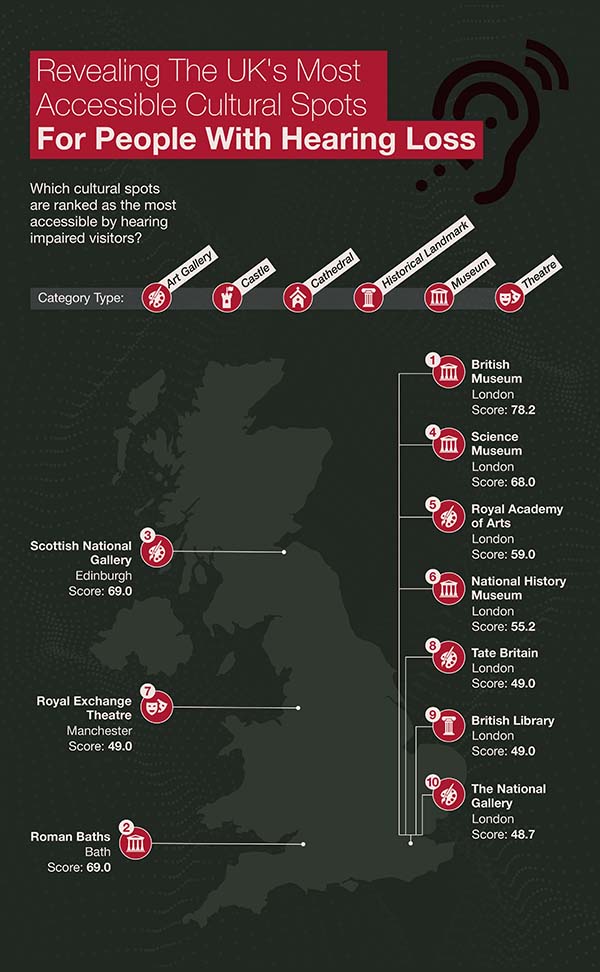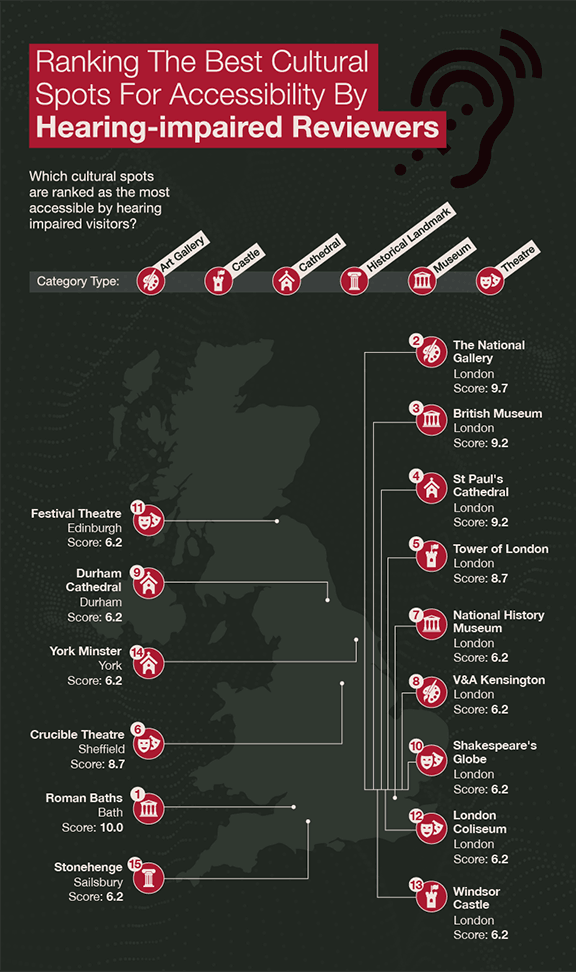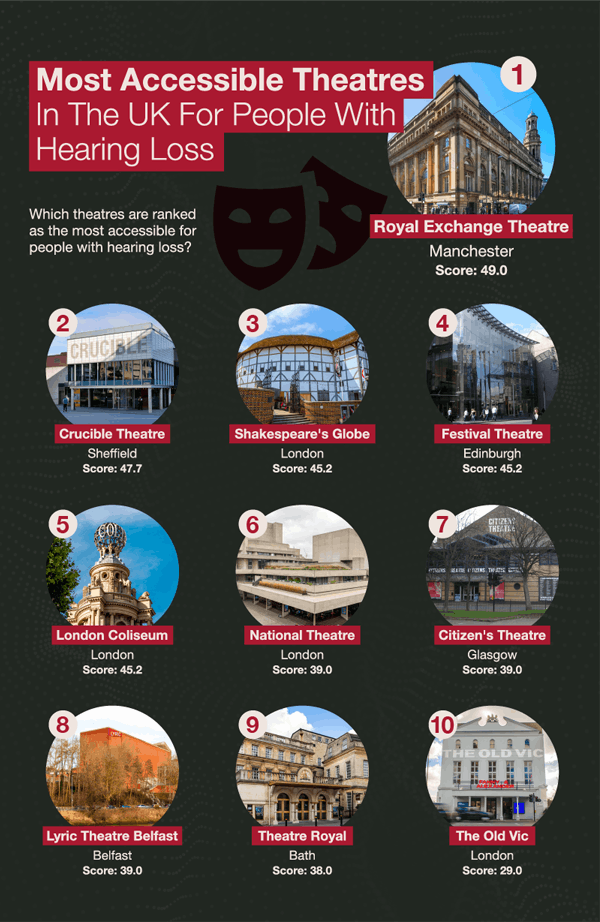Below, Katie Ogden, a HCPC registered hearing aid dispenser and the Training Manager of ReSound, offers up some expert insight on how the modern advancements in hearing aid technology can help those suffering with hearing loss when they visit busy tourist attractions and cultural spots:
“I would always encourage any hearing aid user to take advantage of the loop system when visiting any venue that offers it. However, on occasions where an attraction doesn’t have it, or their hearing aids aren’t compatible with the system, it’s worth having a wireless accessory on hand in order to make the most out of any audio experience. As well as helping to make some devices compatible with a telecoil loop system, they will also help the user to enjoy clearer speech during noisy performances with less listening effort.
“Did you know that hearing aids are most effective up to a range of about 1-1.5m, about the average distance we could expect to have a conversation with another person while respecting the unwritten rules of personal space? Anything longer than this and we can start to have difficulties in hearing the conversation as we know sound waves get smaller over distance, and this is where a wireless accessory (such as remote mic) can assist.
“Our remote mics, for example, have a direct line of sight distance of up to 25 metres. So effectively what we are doing is reducing the distance of 25m to just a few millimetres because the sound is being streamed from the remote mic directly to the hearing aids.
“Wireless accessories are part of an ecosystem designed to both complement and enhance the performance of hearing aids. Every hearing aid manufacturer will have a catalogue of these available, and we are conscious to ensure that our offerings are compatible with most of our products released over a time frame of several years across both the private and public sector.
“That’s right, even if you have a hearing aid from the NHS, and you think you may benefit from a wireless accessory, you can ask your NHS provider if your hearing aids are compatible with our state of the art technologies. For those wearing Danalogic hearing aids that have the 2.4 GHz bluetooth functionality, the likelihood is your hearing aid is compatible with our wireless accessories.”






